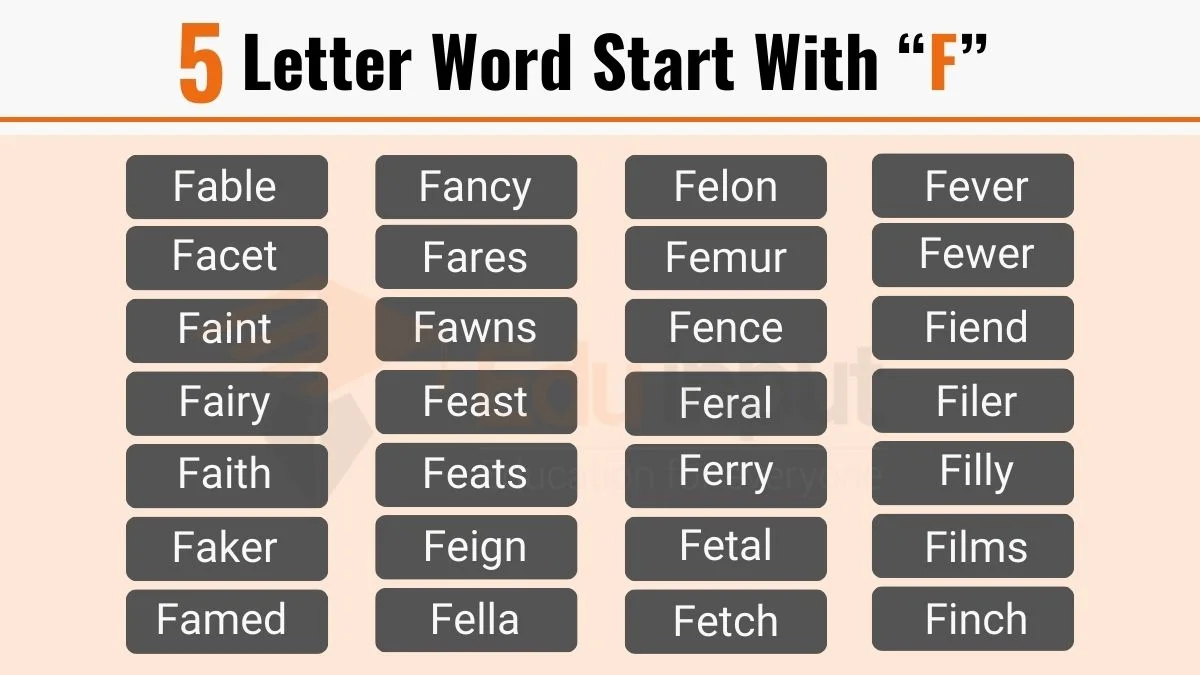Waste vs. Waist-Difference Between and Examples
The English language often presents us with words that may sound alike but have completely different meanings and applications.

One such pair is “waste” and “waist.” Although these words share a similar sound, they hold distinct definitions and serve different purposes.
This article aims to elucidate the difference between “waste” and “waist,” providing clear explanations and examples to ensure their proper usage.
By comprehending the nuances between these terms, individuals can express themselves accurately and avoid confusion.
Let’s explore the meanings and uses of “waste” and “waist” in the English language.
Meanings and Examples
Waste Definition
Definition: “Waste” can be used as both a noun and a verb. As a noun, it refers to any material or substance that is discarded or unused, often implying a lack of value or purpose.
It can also denote an act of using or expending something carelessly or extravagantly. As a verb, “waste” means to use or expend something thoughtlessly or unnecessarily, resulting in its loss or inefficiency.
Examples of Waste
- Please separate the recyclable waste from the general waste.
- His extravagant lifestyle led to a lot of financial waste.
- Don’t waste your time on trivial matters.
- She wasted her talents by not pursuing her passion.
Waist Definition
Definition: “Waist” is a noun that refers to the part of the human body between the ribs and hips, typically narrower than the chest and hips. It represents the area where many people wear a belt to hold up their pants or skirts. “Waist” can also metaphorically represent the narrowest part of something, such as the middle portion of an object.
Examples of Waist
- She wrapped a belt around her waist to accentuate her figure.
- The waist of the dress was too tight for her.
- The waist of the bottle was narrower than the top and bottom.
Difference Between Waste And Waist
| Category | Waste | Waist |
| Meaning | Noun: discarded material, careless use | Noun: part of the body, narrowest part of an object |
| Example | “Please separate the recyclable waste.” | “She wrapped a belt around her waist.” |
| Usage | Discarded material, careless use, inefficiency | Human body, fashion, object shape |
| Context | Environment, resources, consumption | Clothing, body measurements, physical features |
Usage in a Paragraph
The noun “waste” is commonly employed to describe discarded materials or substances that are no longer wanted or needed. It often implies a lack of value or purpose, as these materials are typically considered useless or unwanted.
Recycling and waste management focus on reducing the amount of waste that ends up in landfills. Additionally, “waste” can refer to the careless or extravagant use of resources, time, or energy, resulting in their inefficiency or loss.
For instance, wasting time on unproductive tasks or wasting resources due to poor planning are common examples.
Conversely, “waist” is a noun that specifically pertains to the part of the human body between the ribs and hips. It represents the narrowest part of the torso, often accentuated by wearing belts or fitted clothing.
The waistline is an essential consideration in fashion, as it helps determine clothing sizes and fits. Metaphorically, “waist” can also refer to the narrowest or middle part of an object, emphasizing its shape or form.
Understanding the distinctions between “waste” and “waist” is crucial for effective communication in the English language. While “waste” refers to discarded materials or careless use, “waist” represents the part of the body or the narrowest portion of an object.
By utilizing these terms accurately, individuals can express themselves precisely and avoid confusion in various contexts.







Leave a Reply